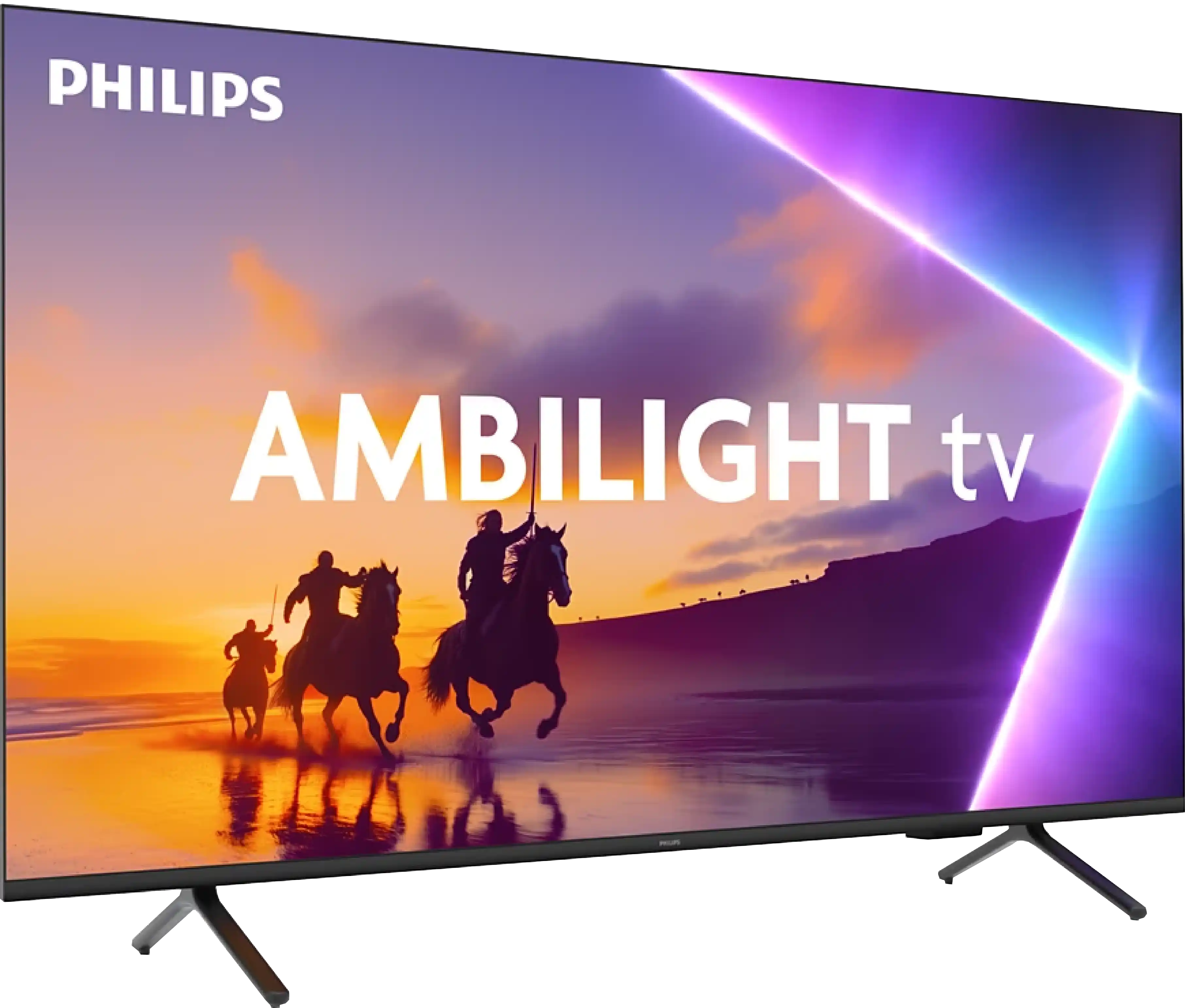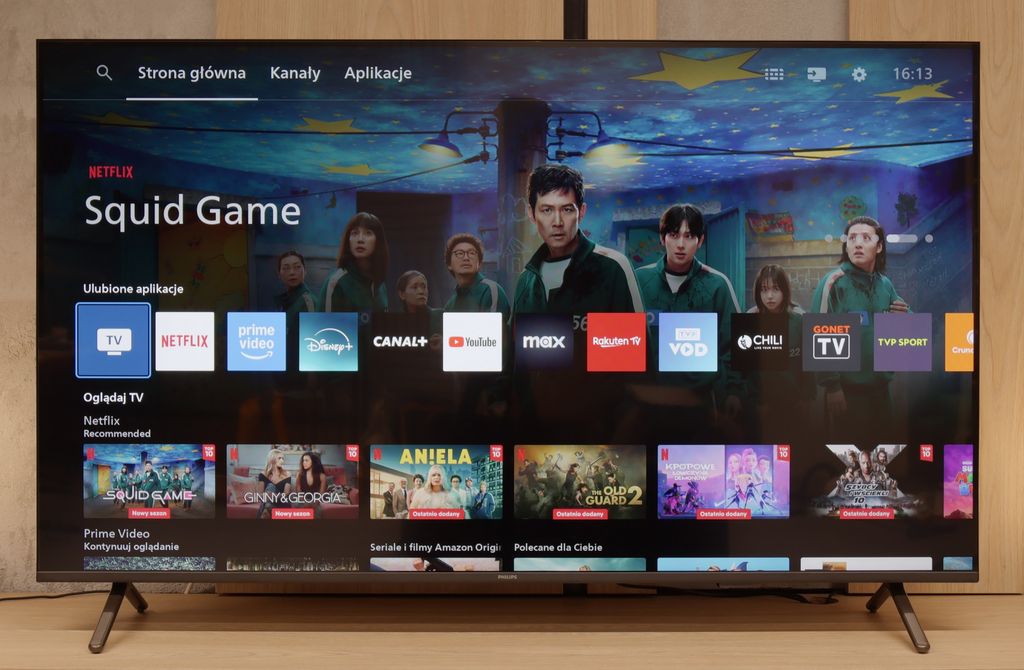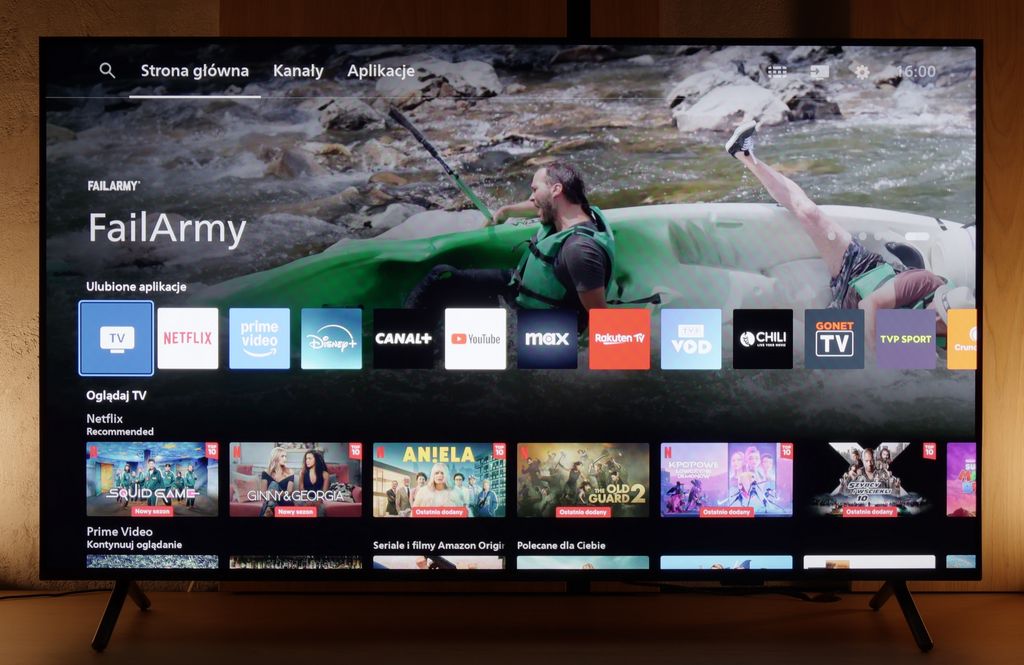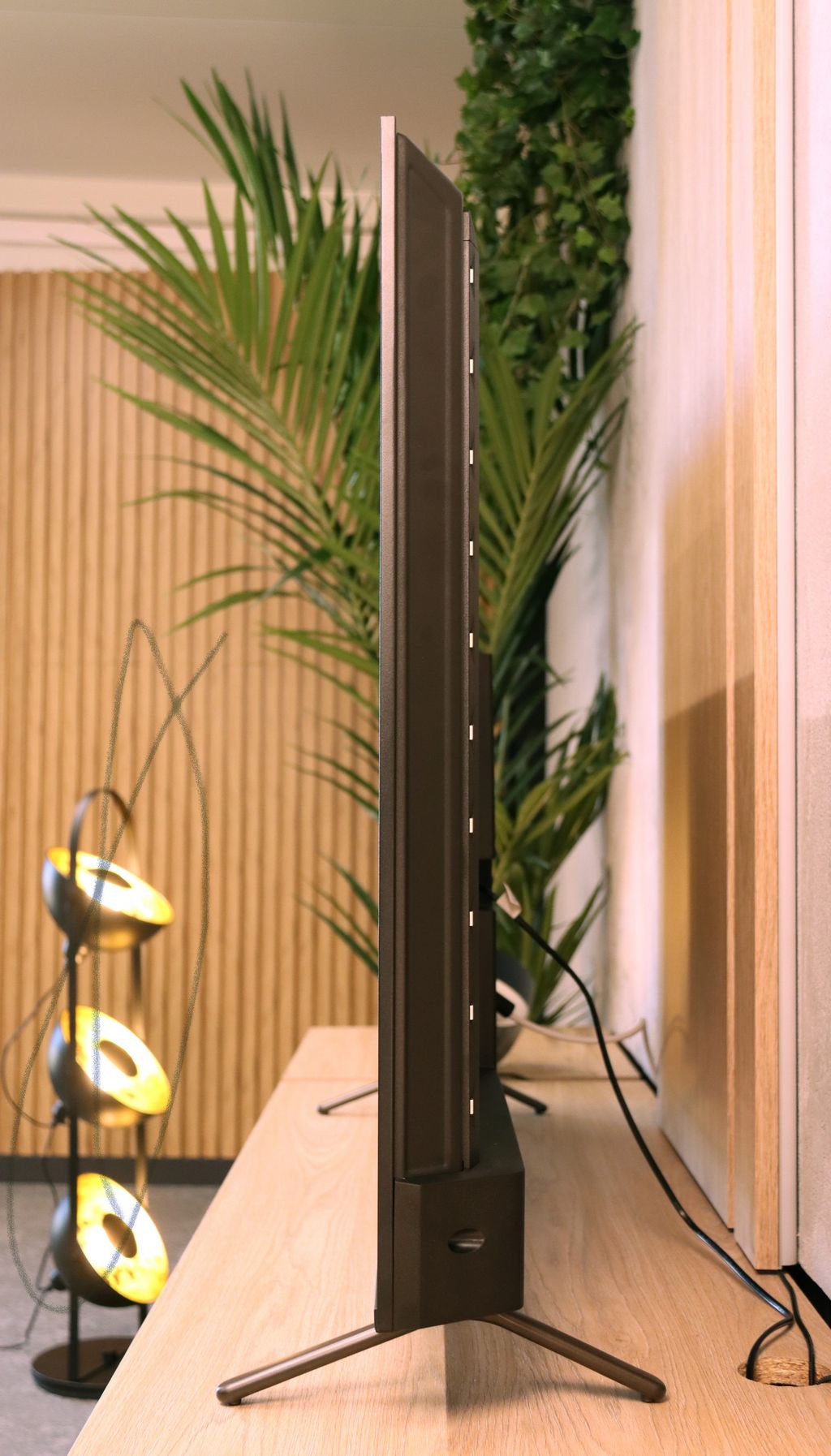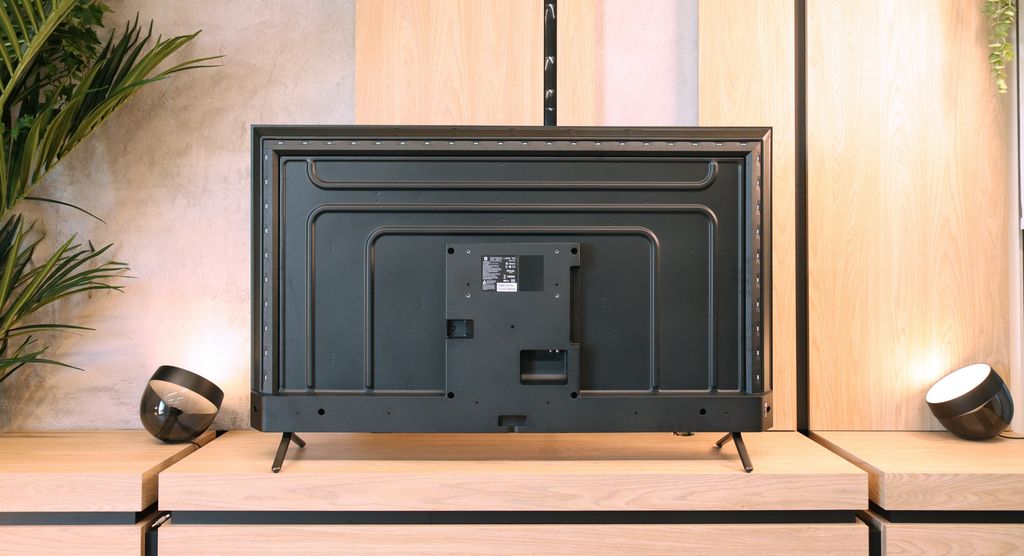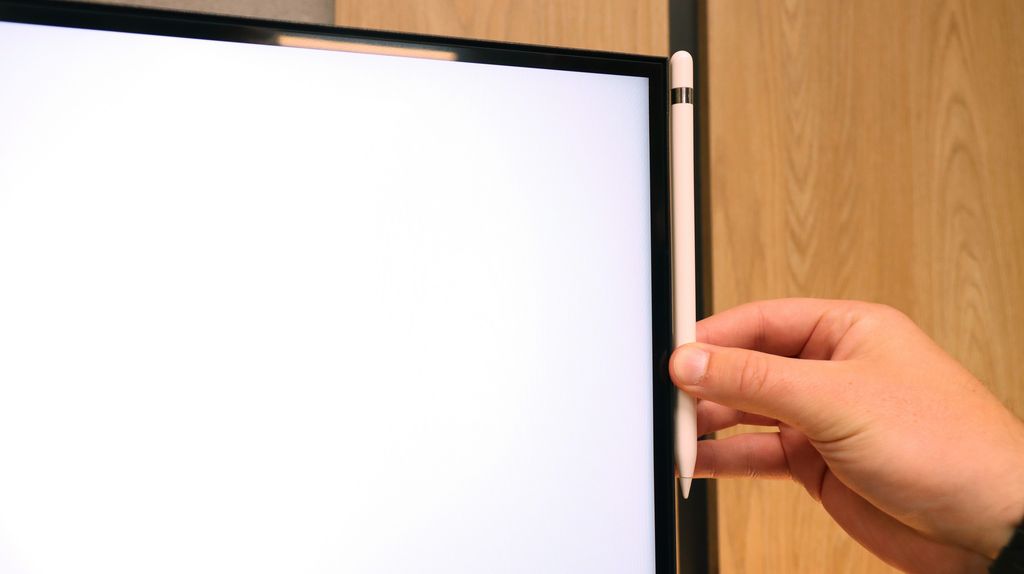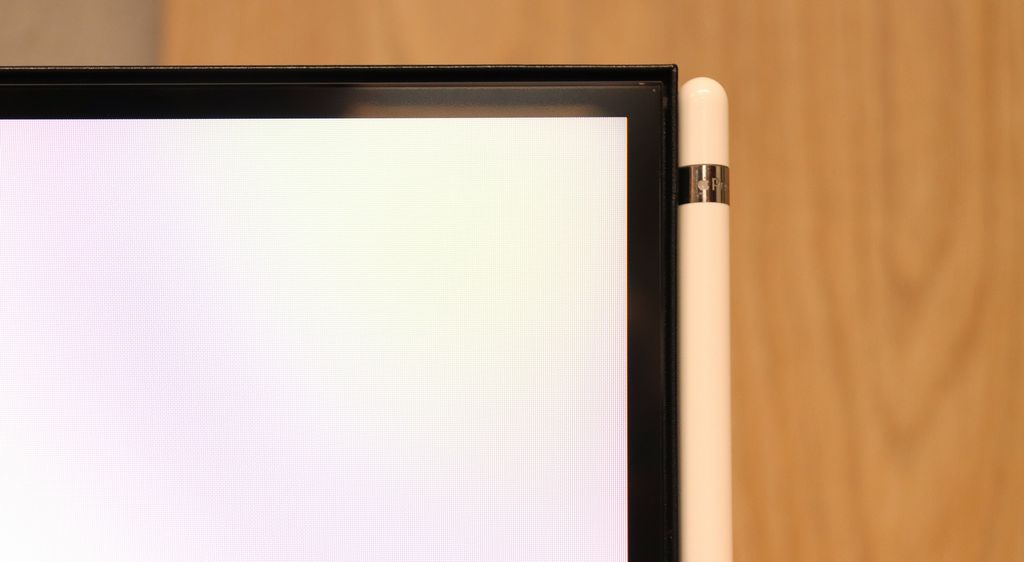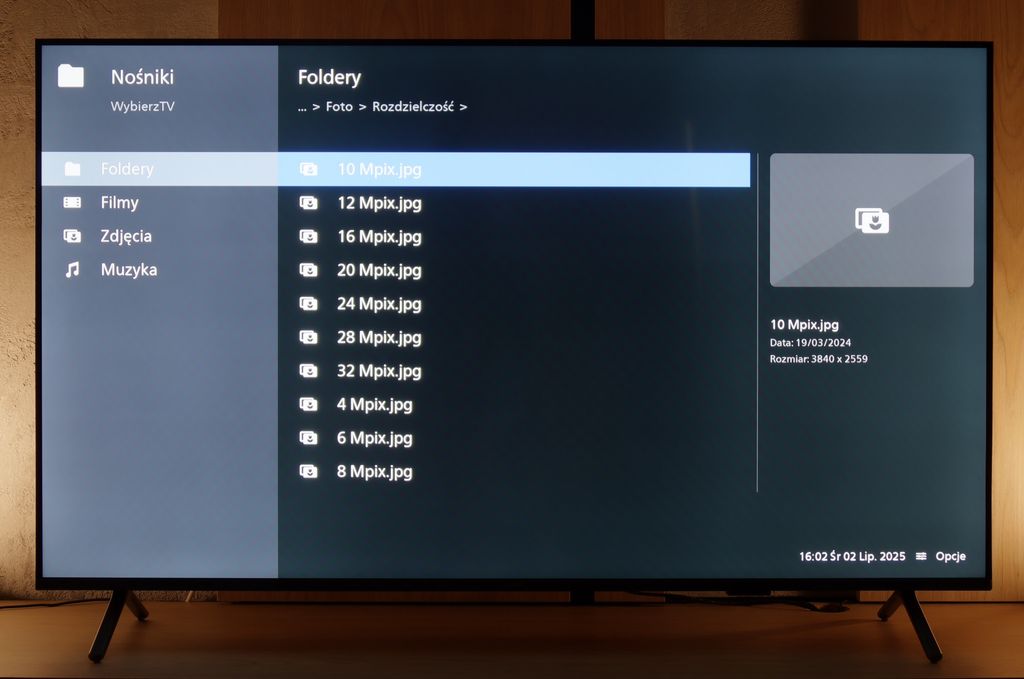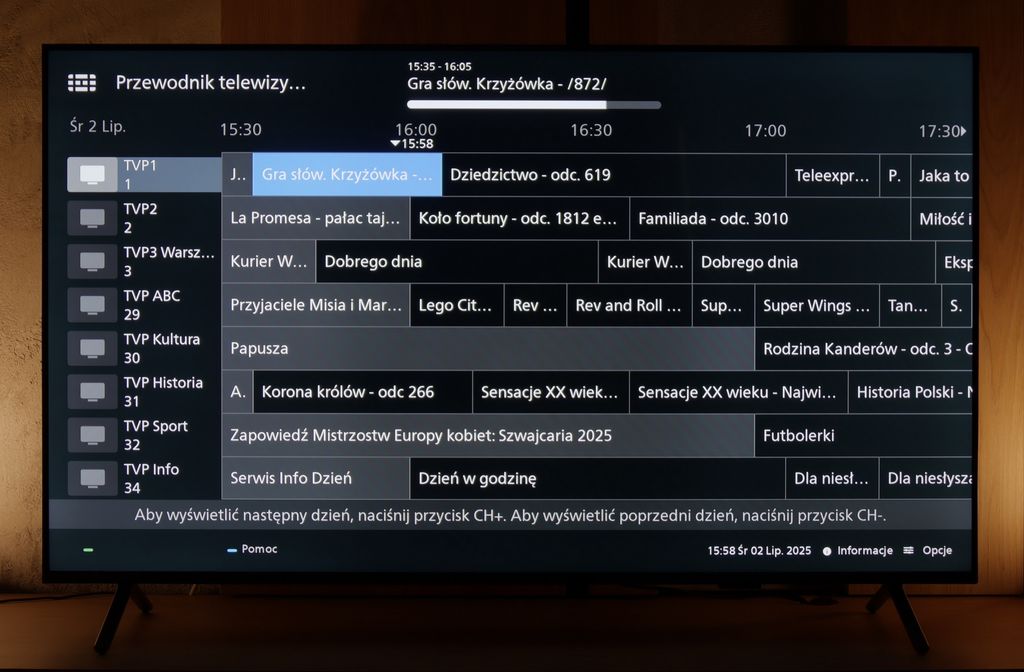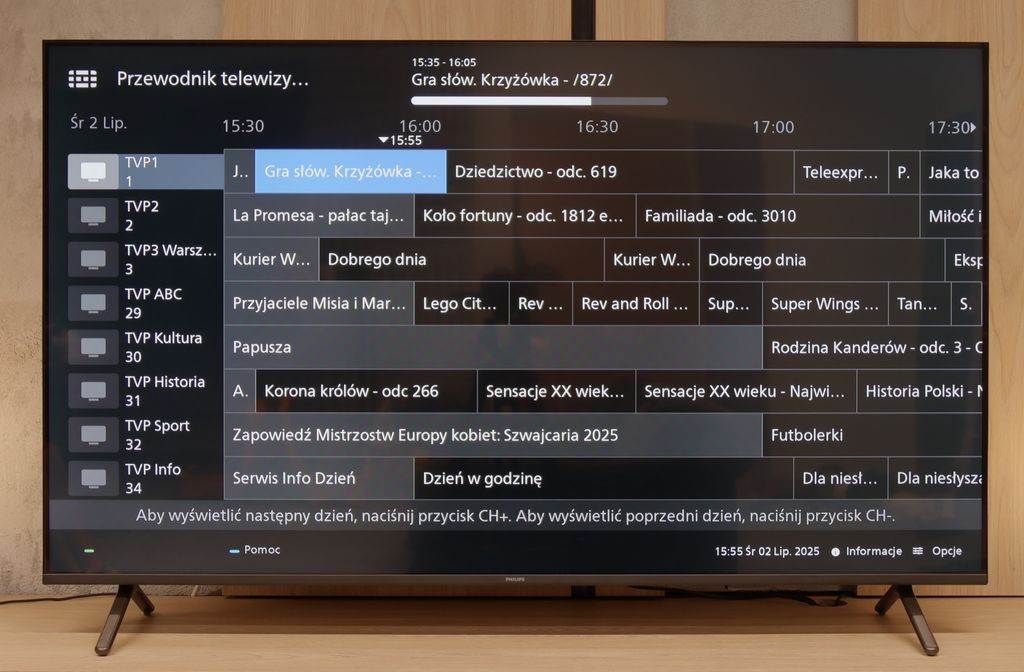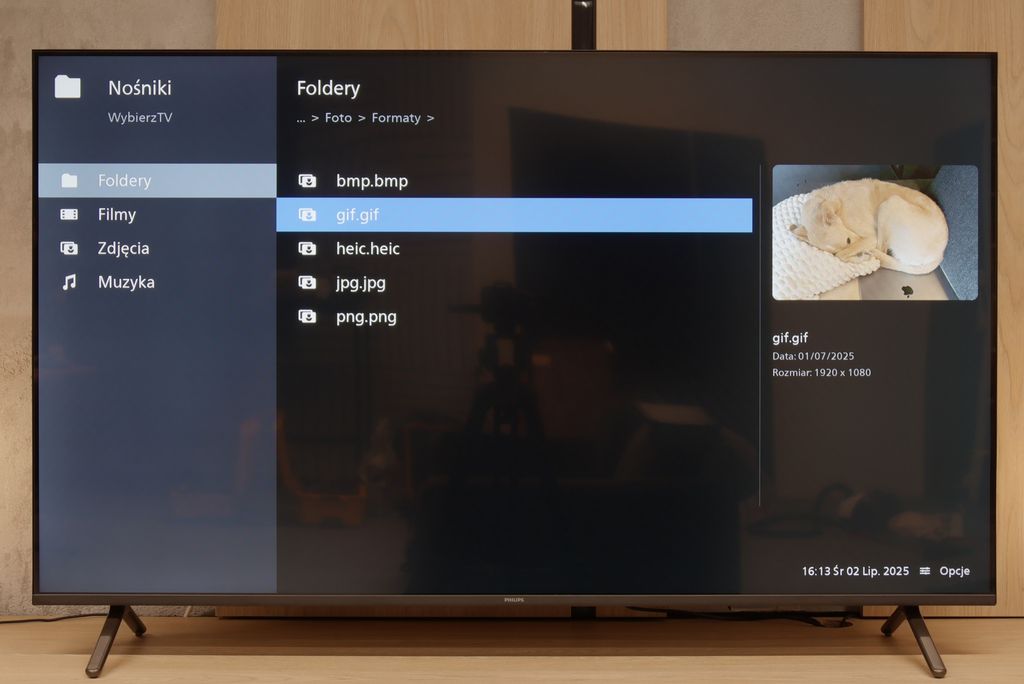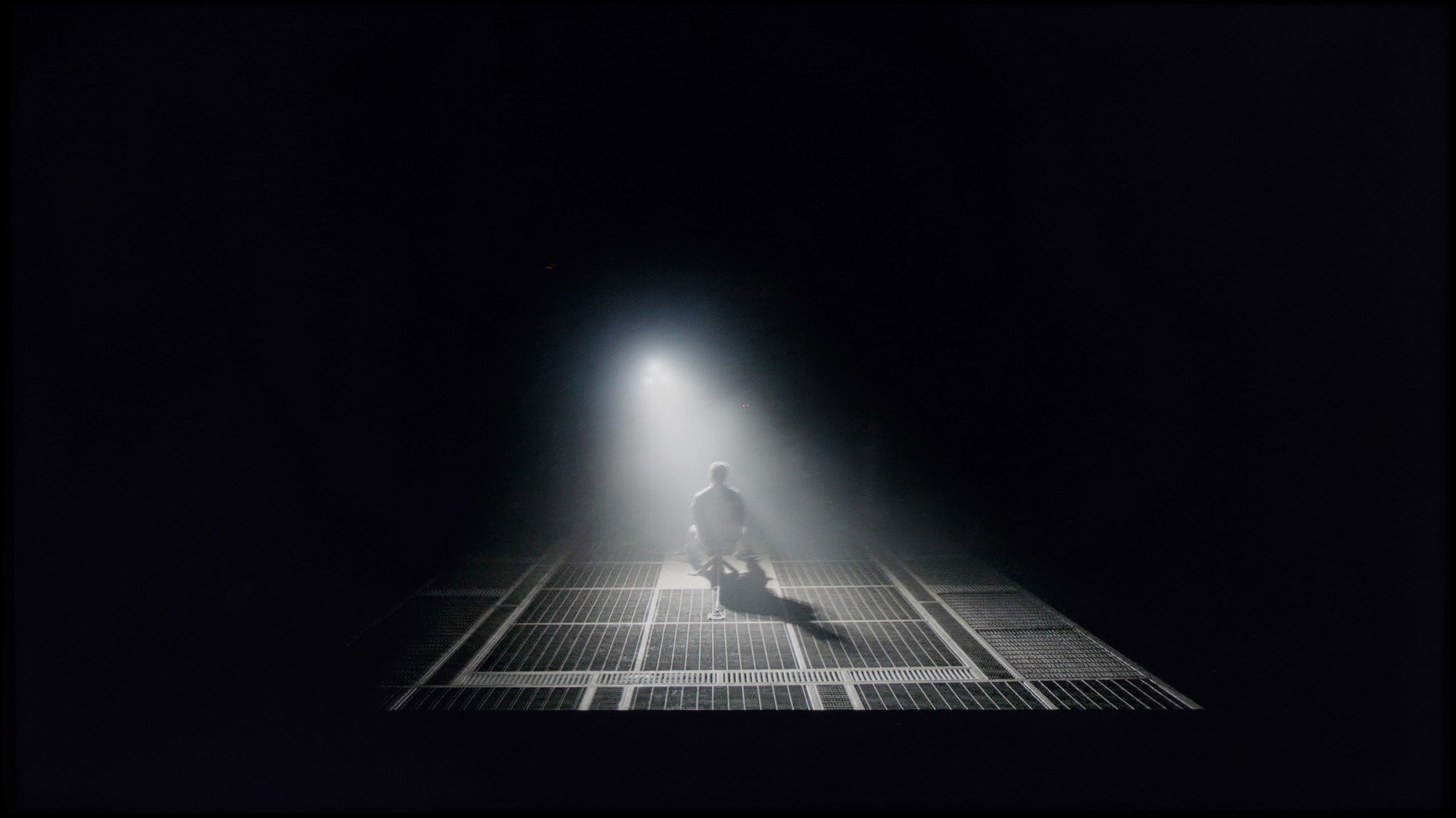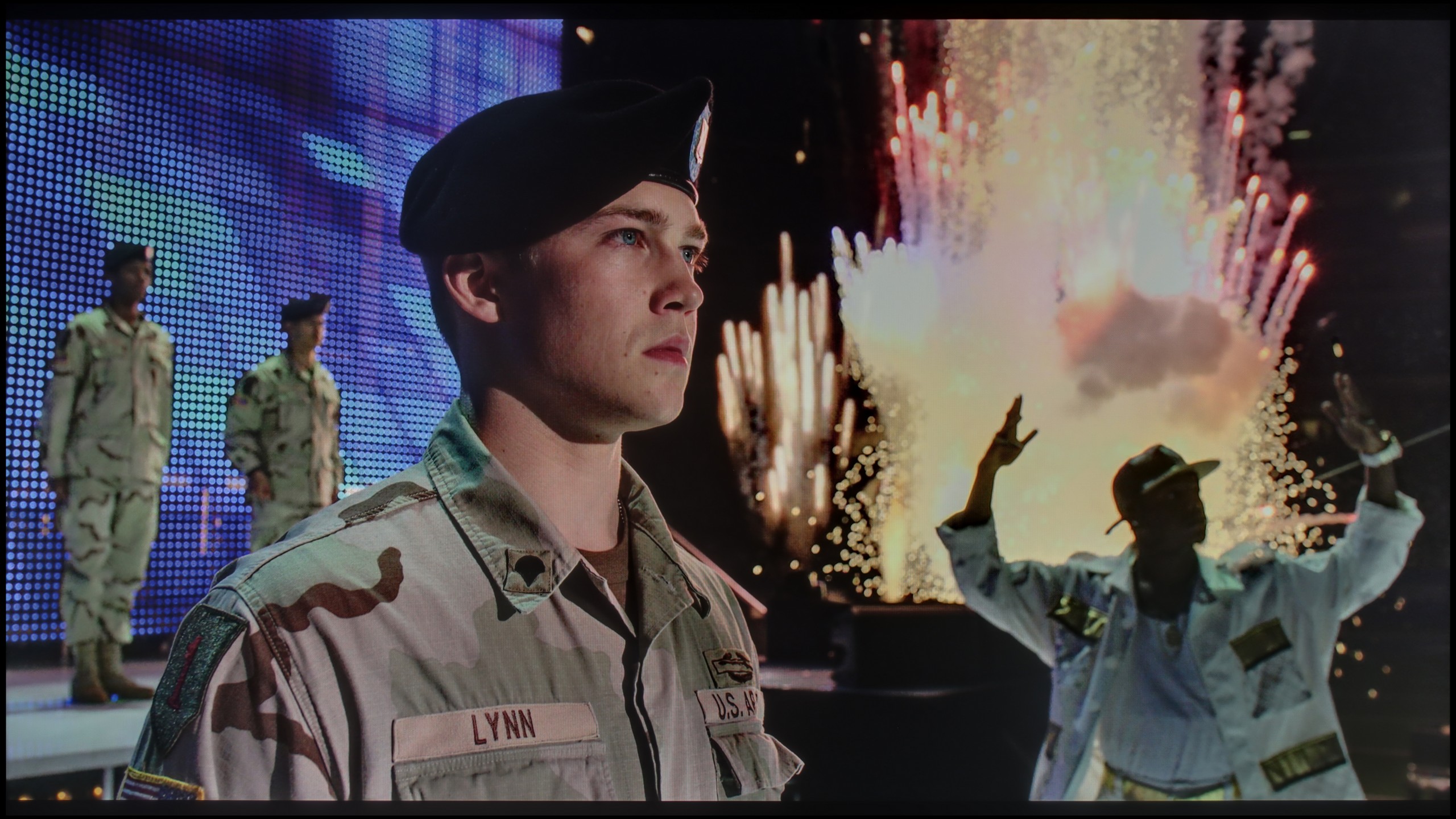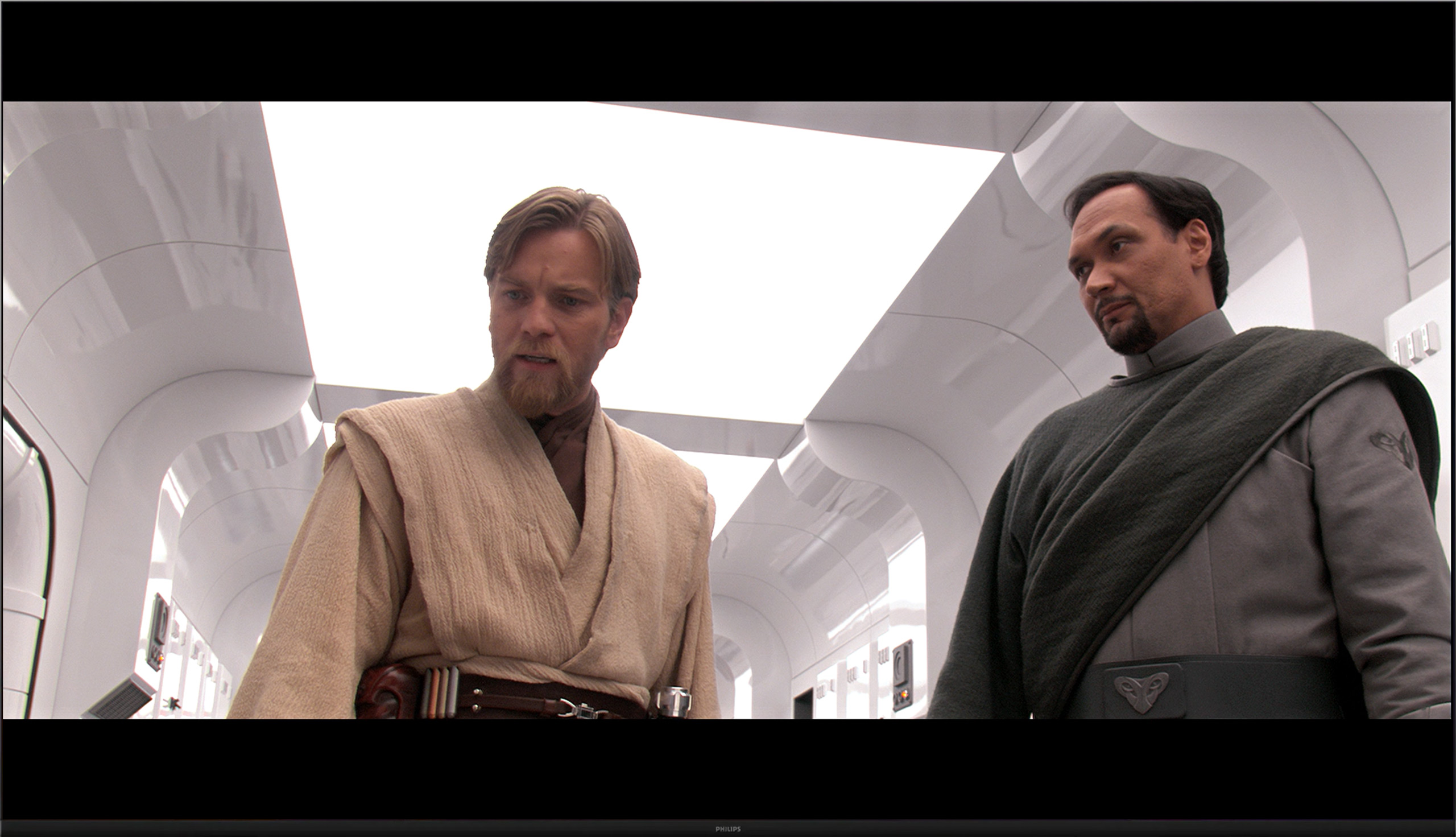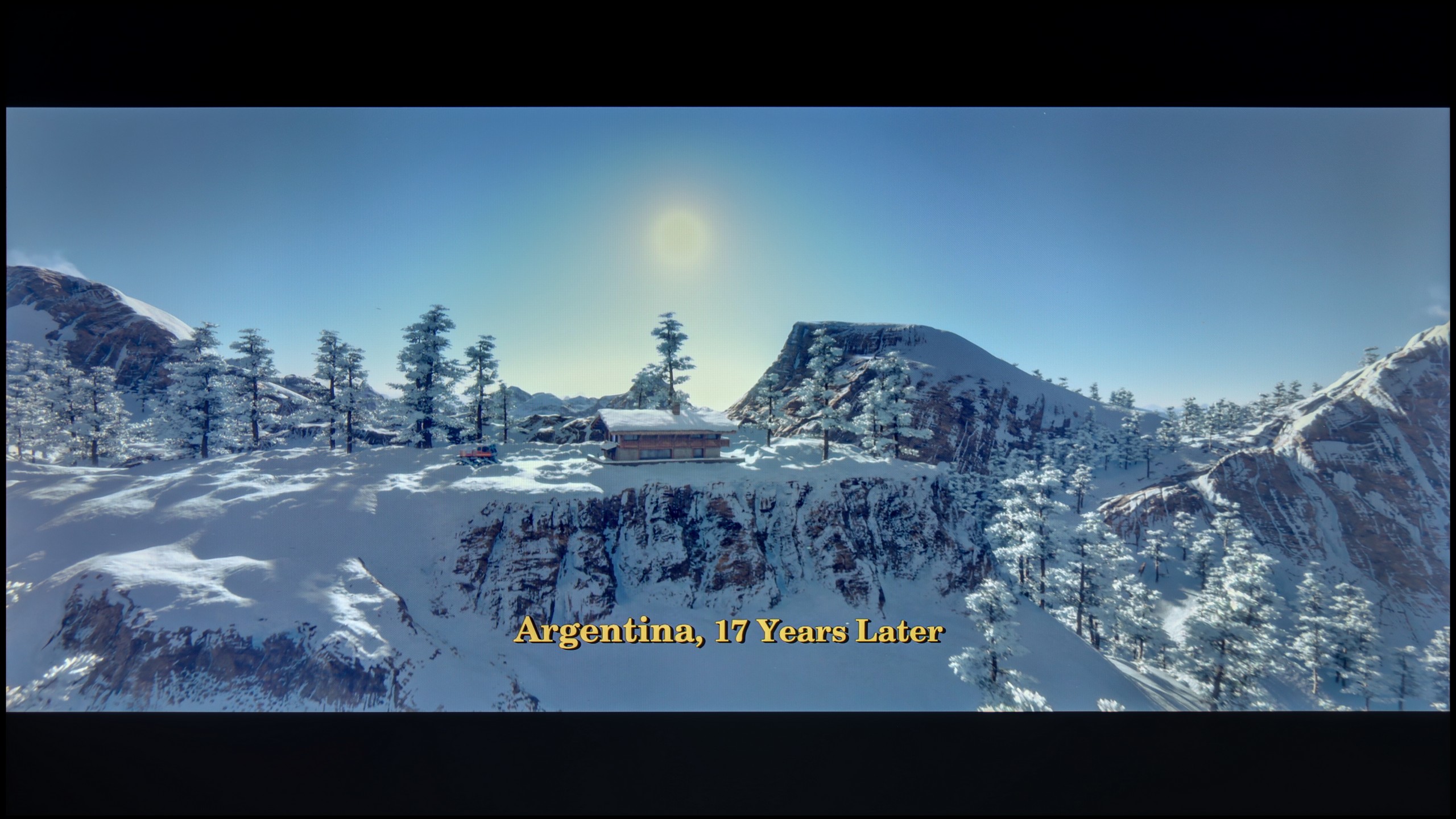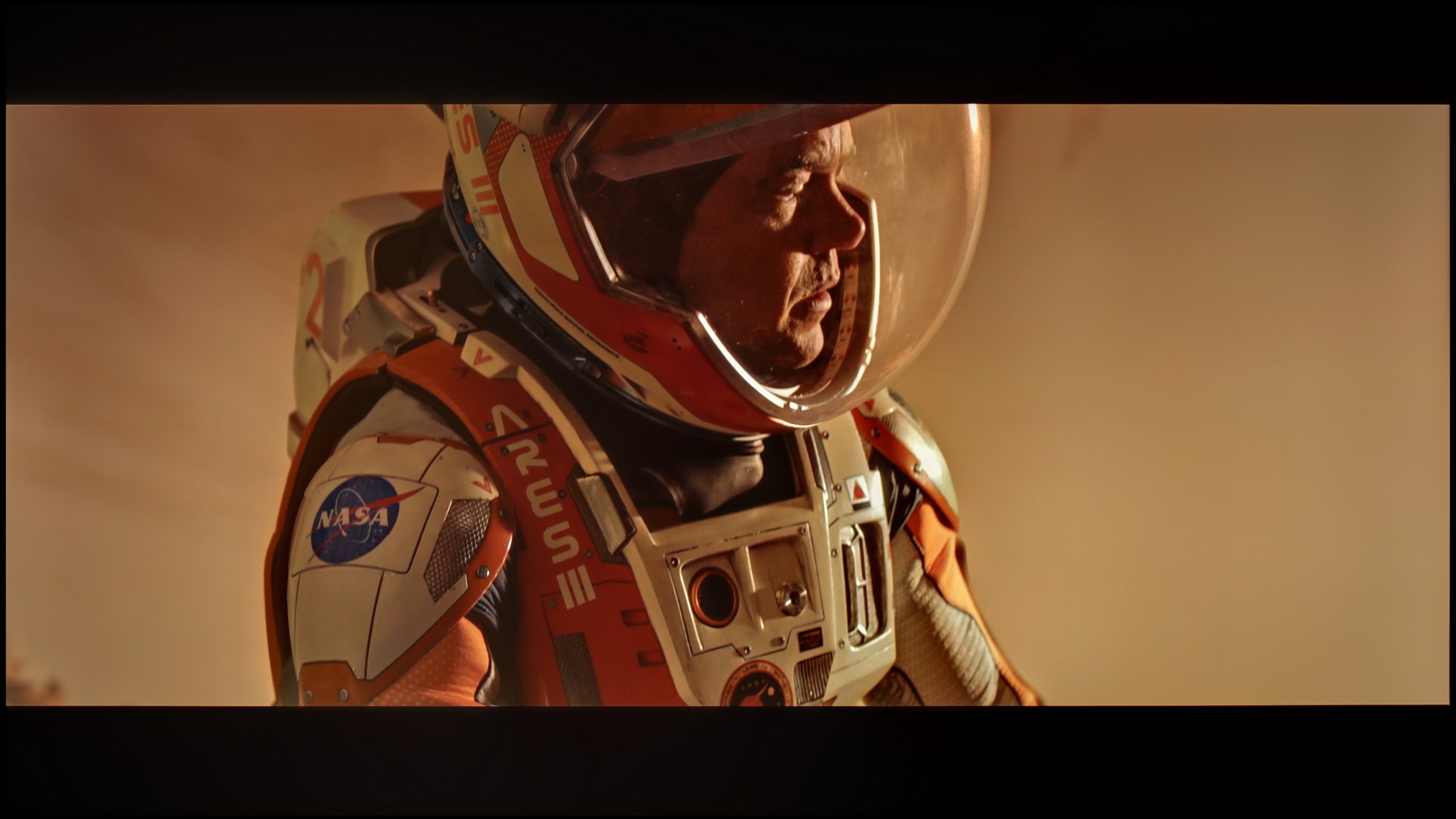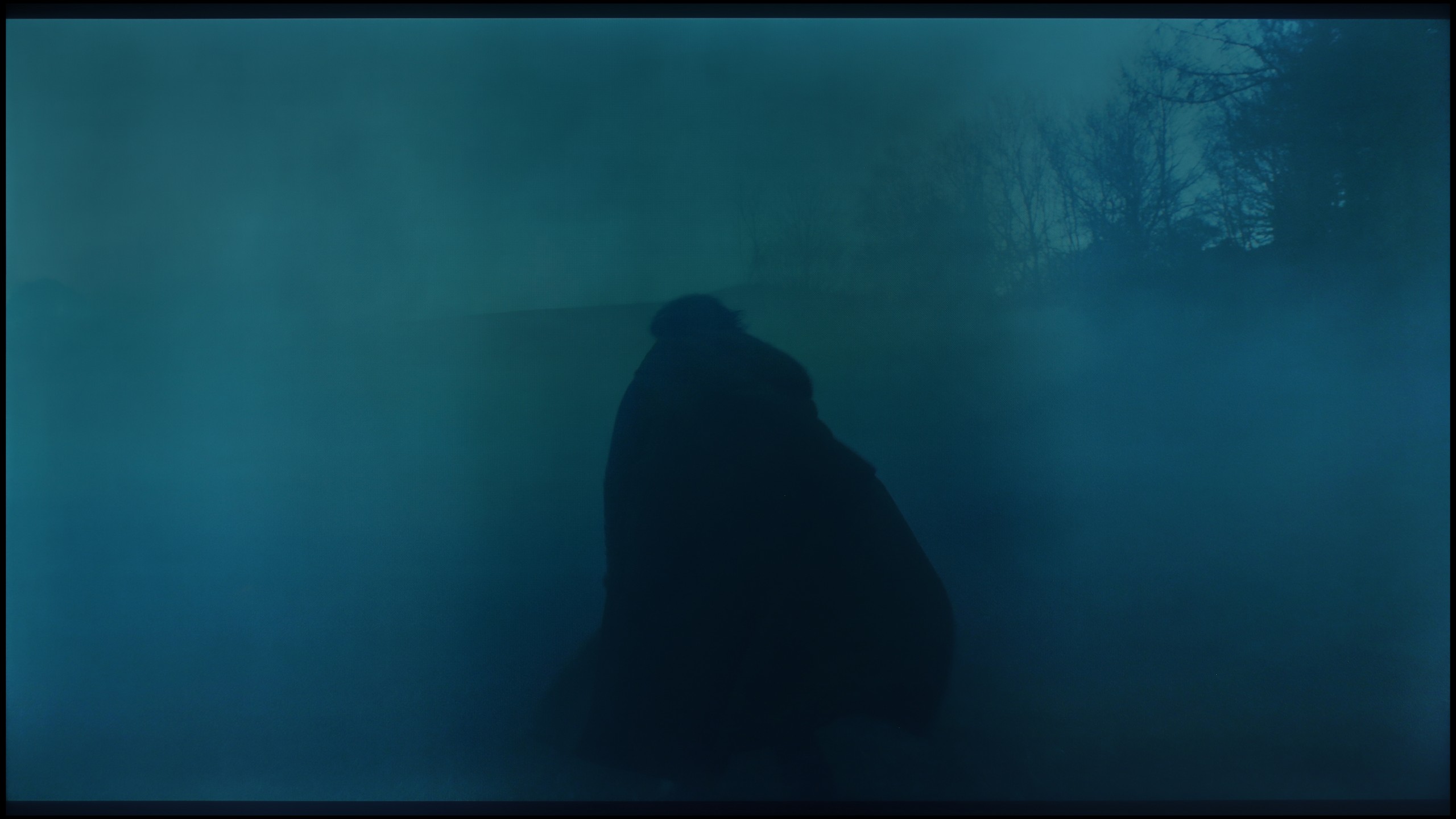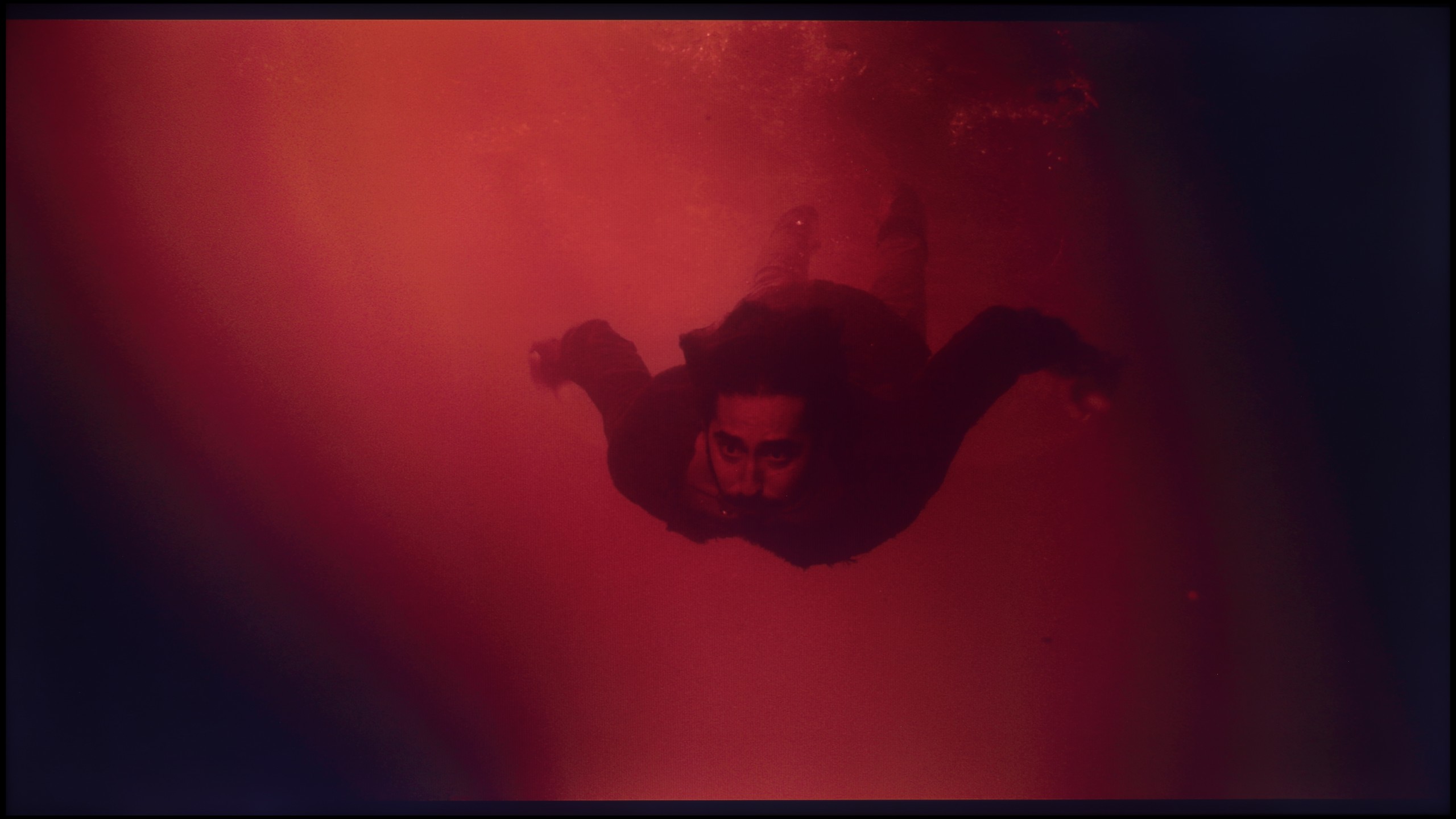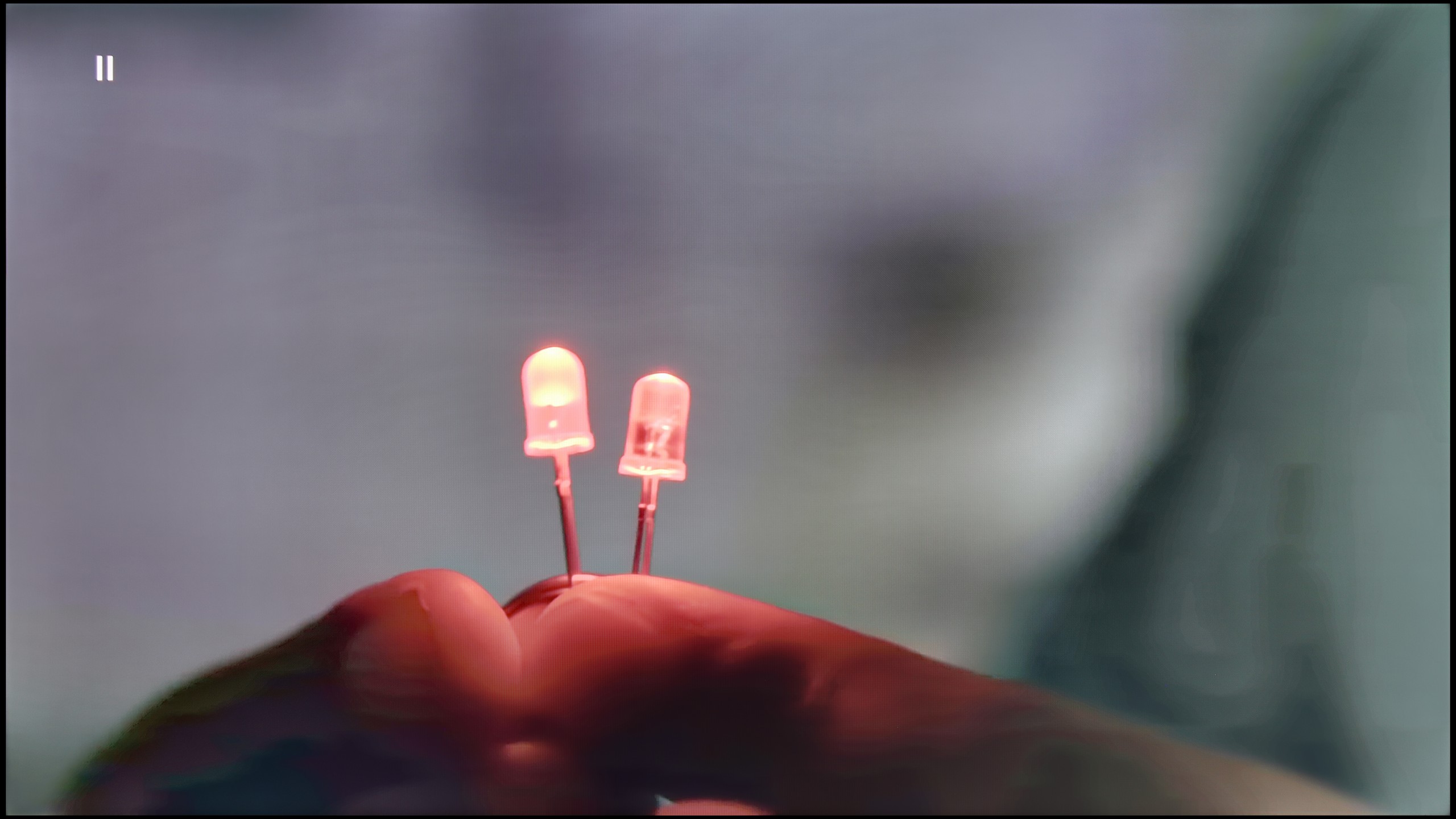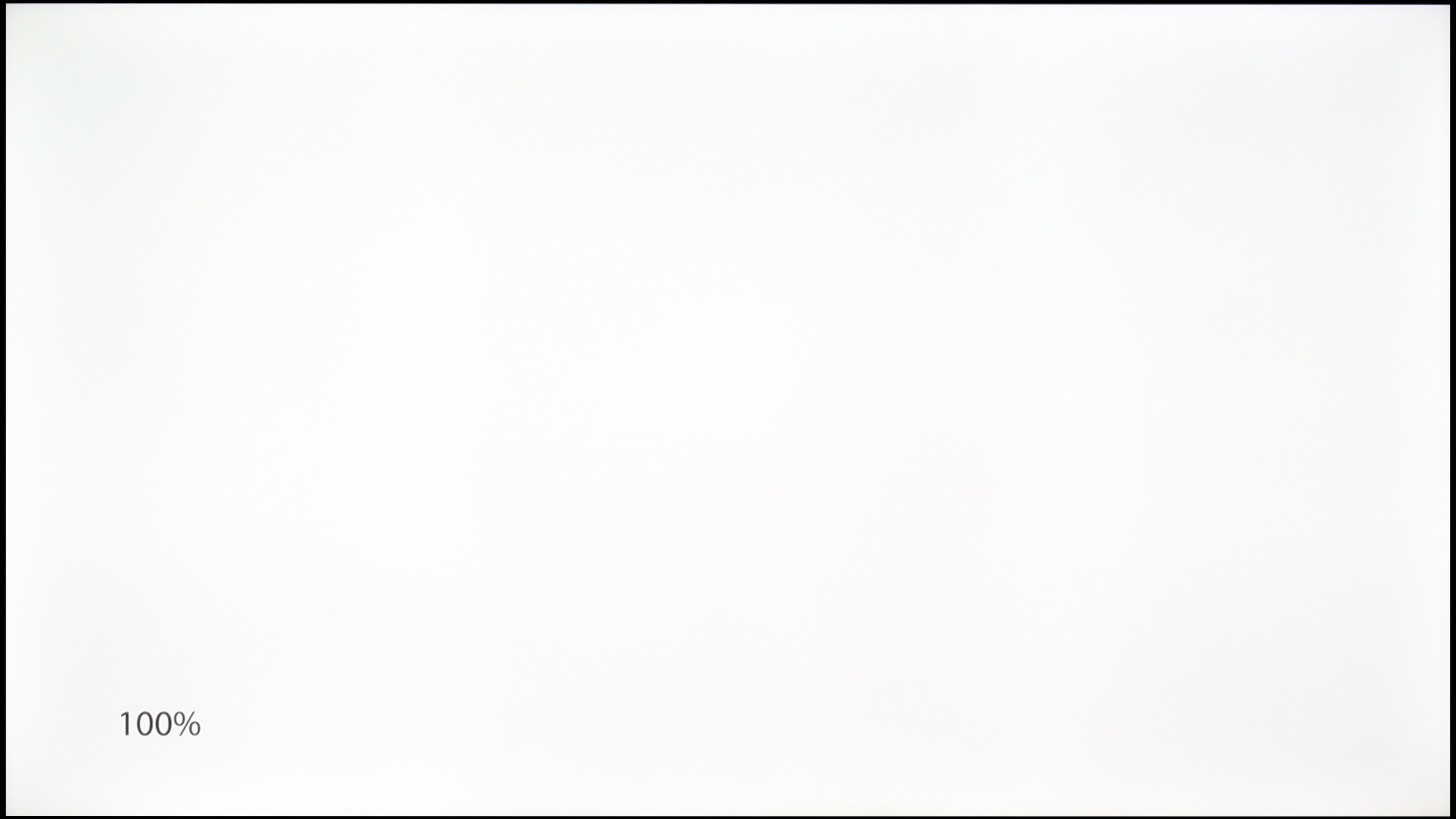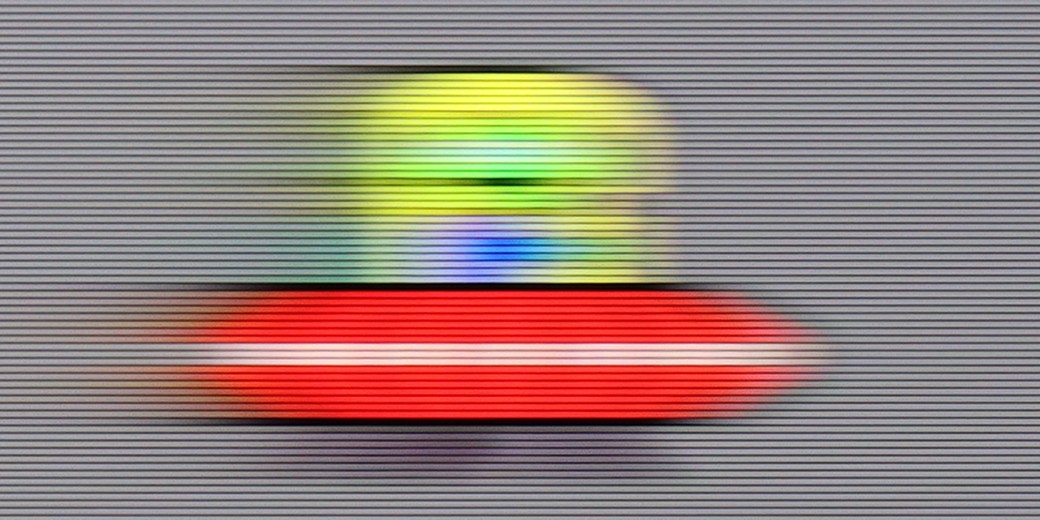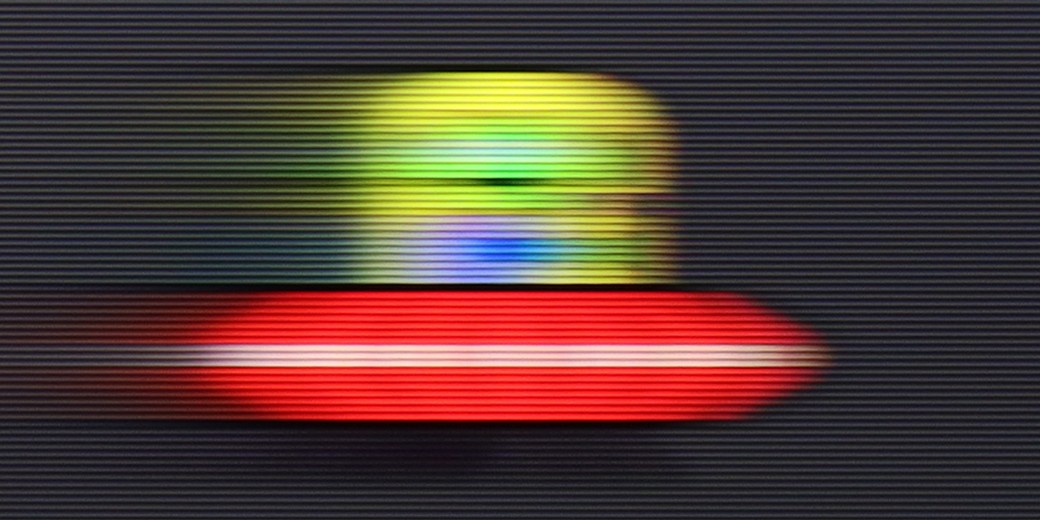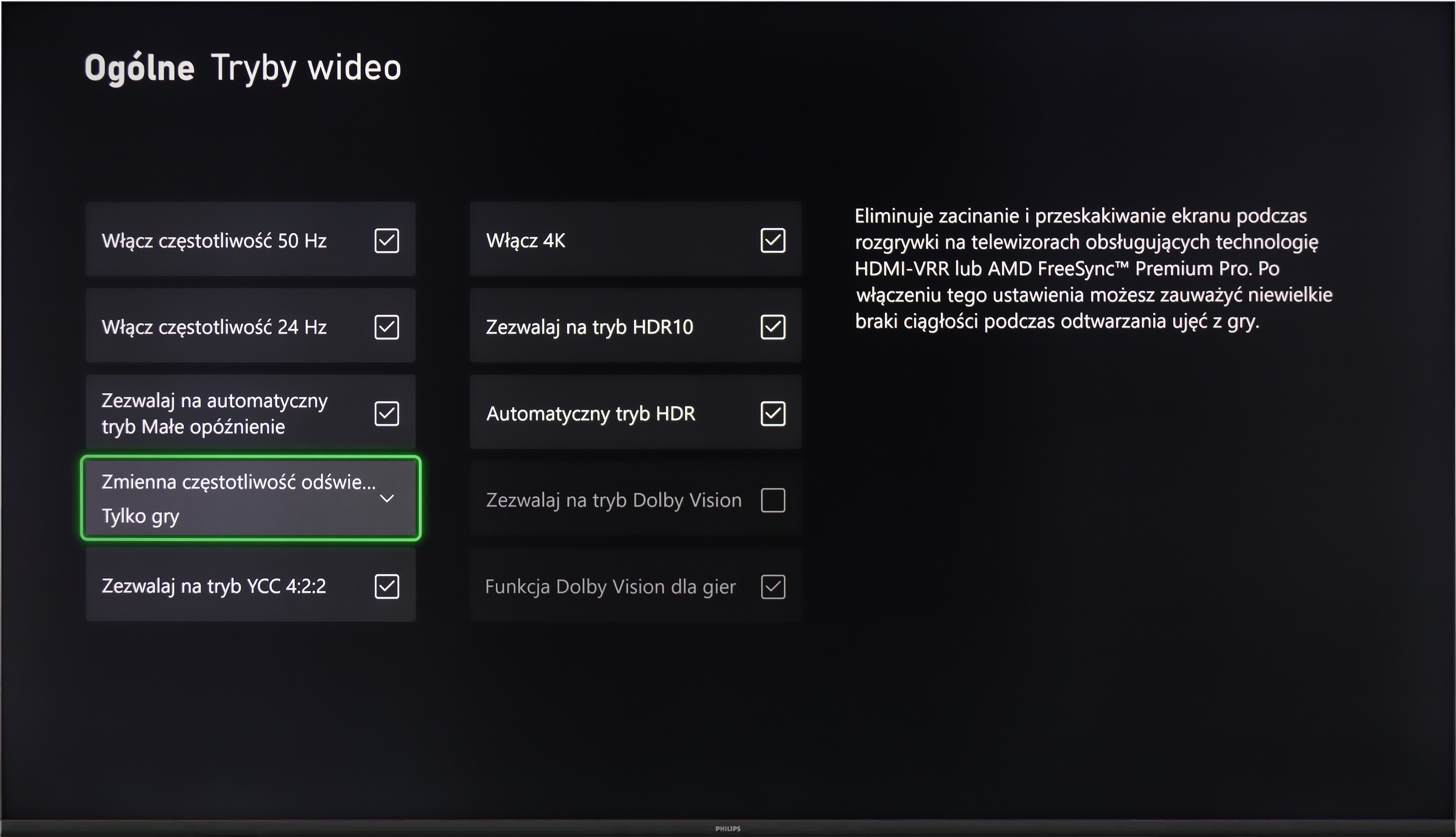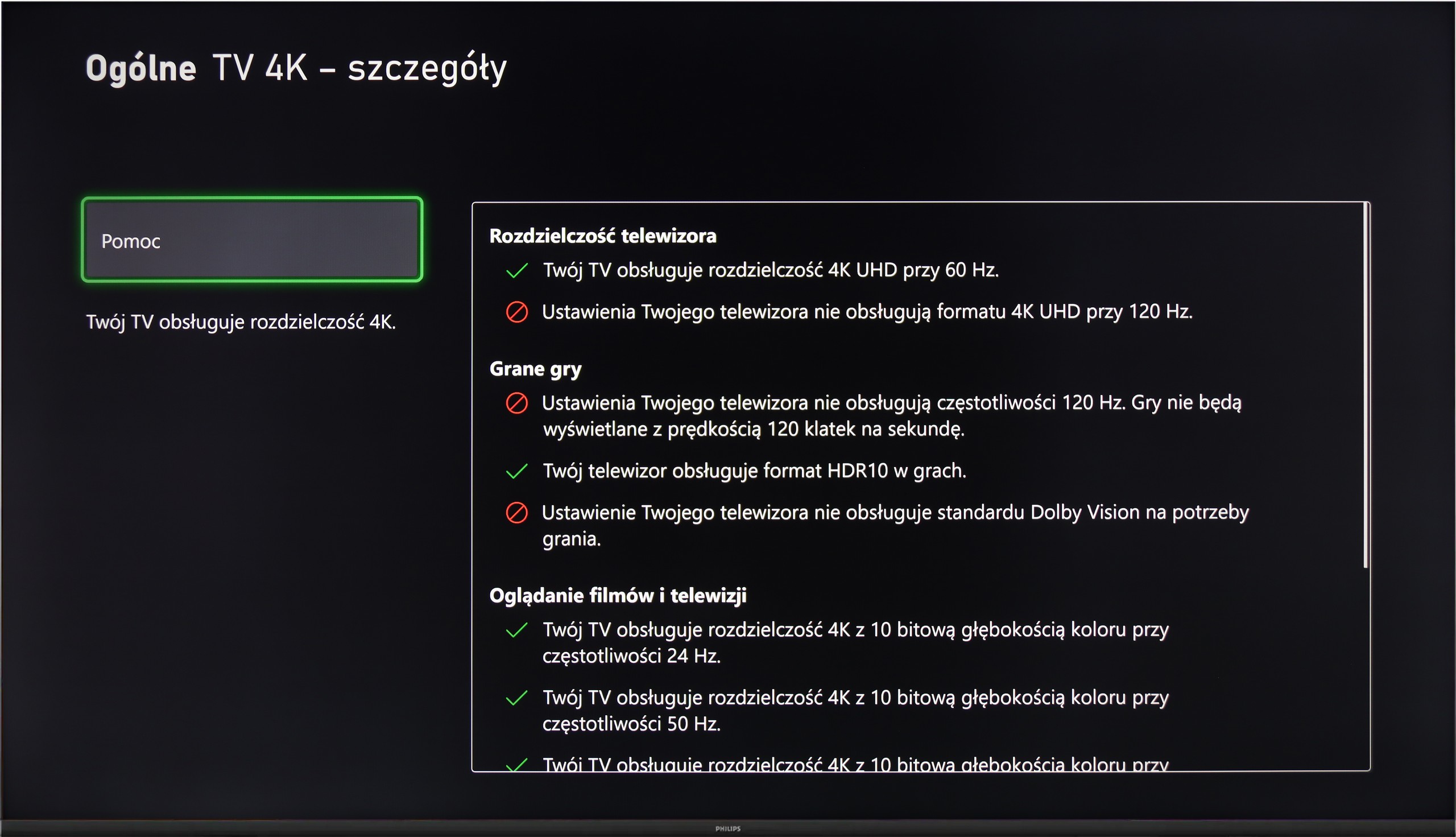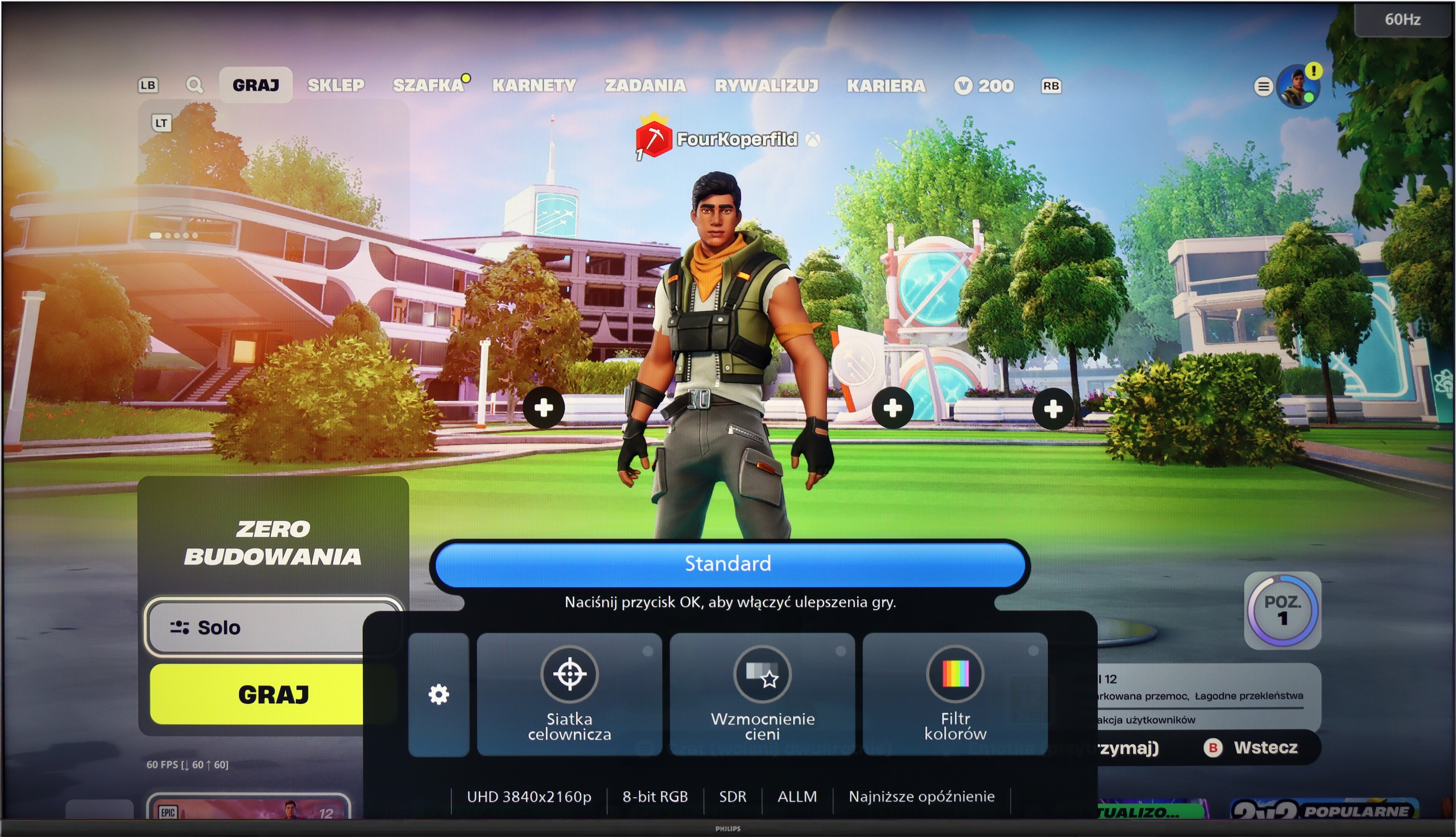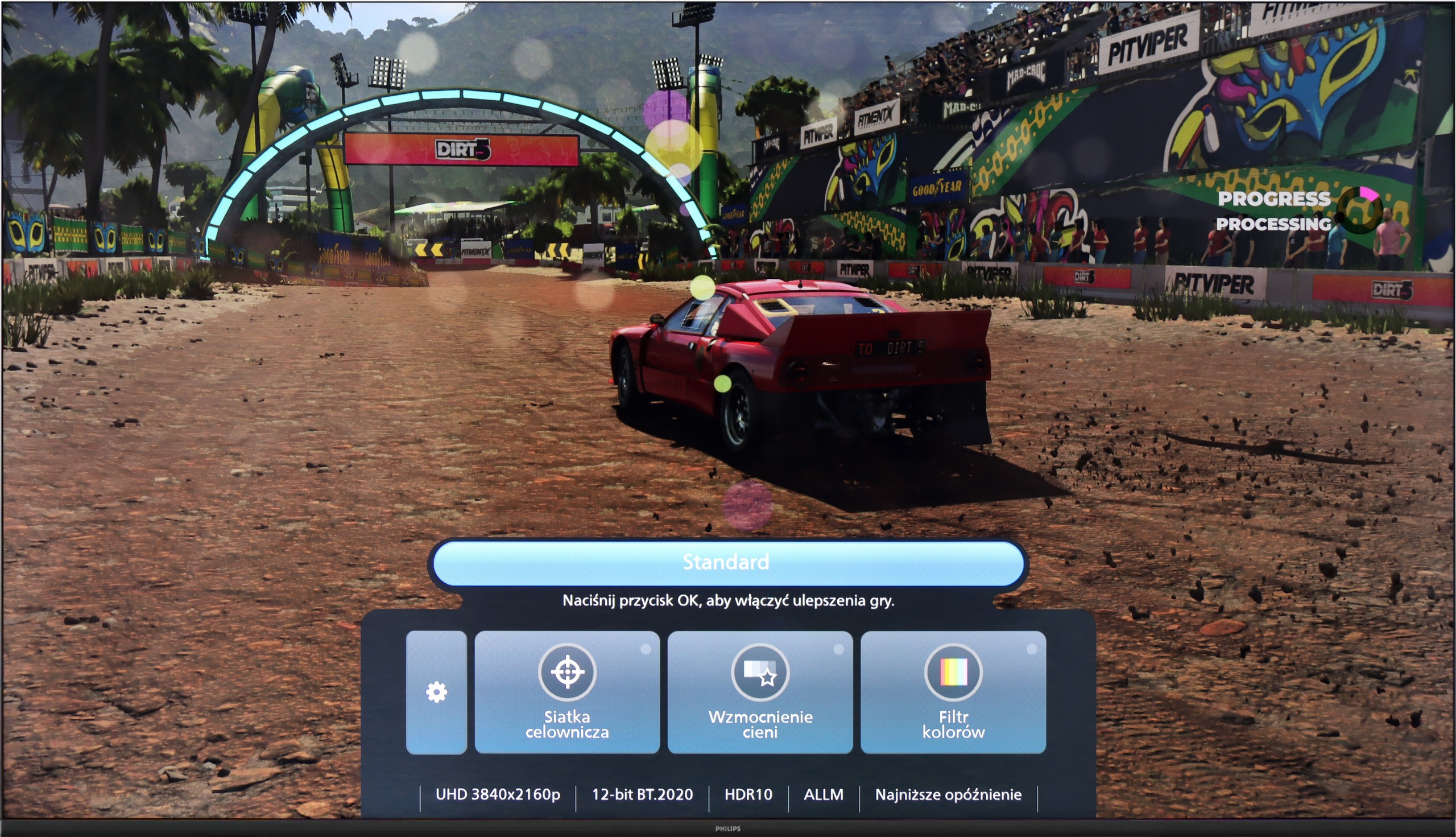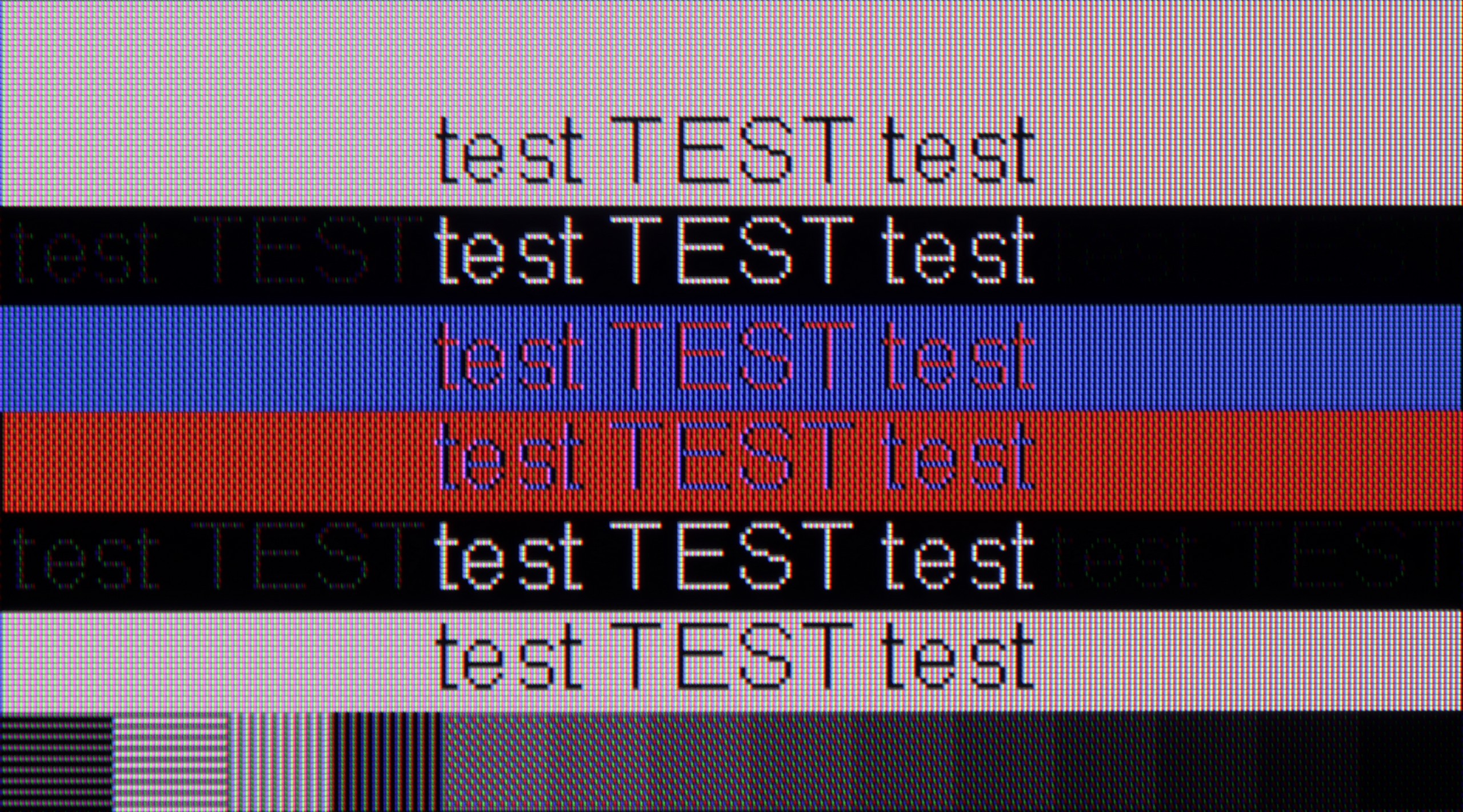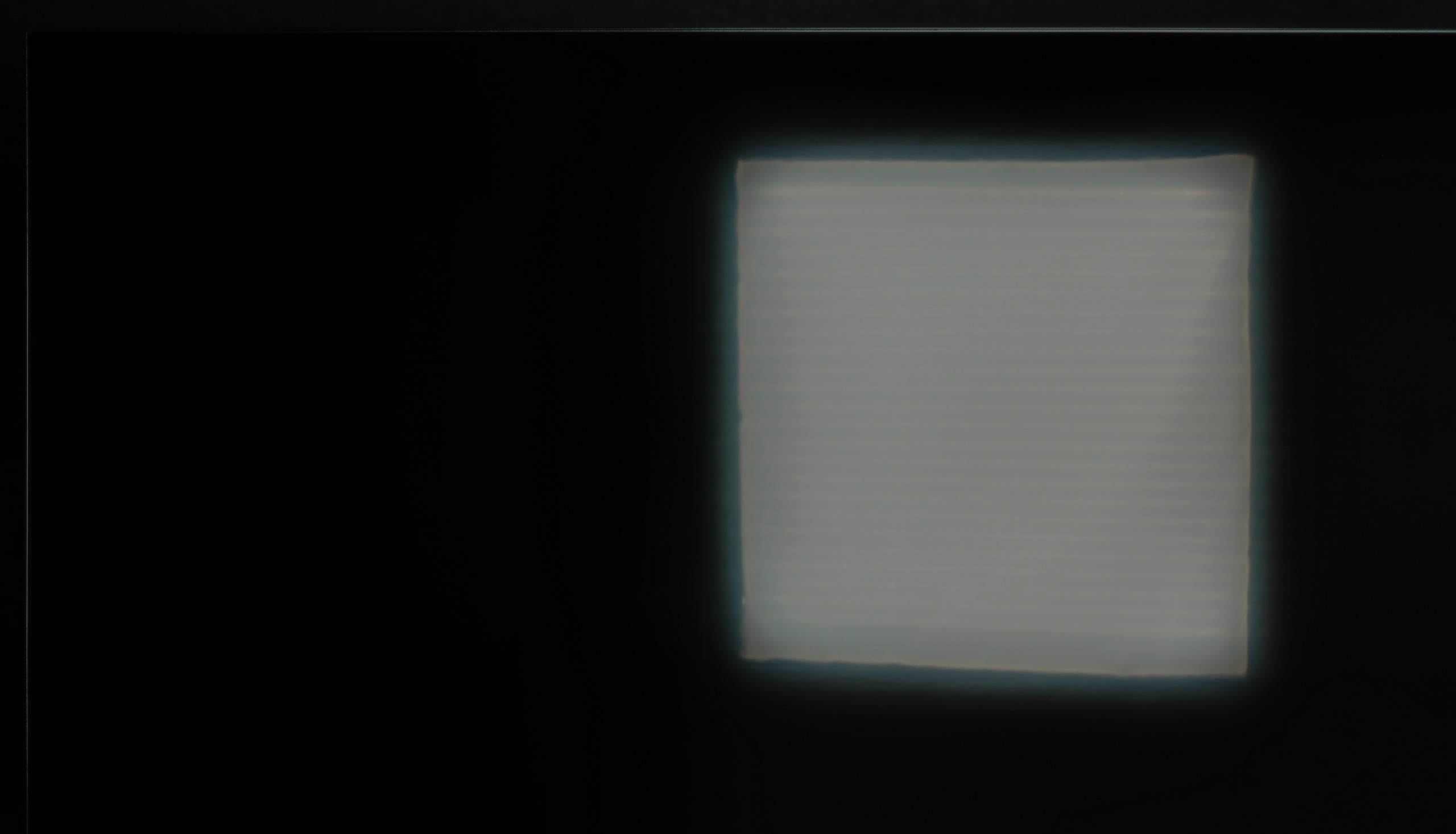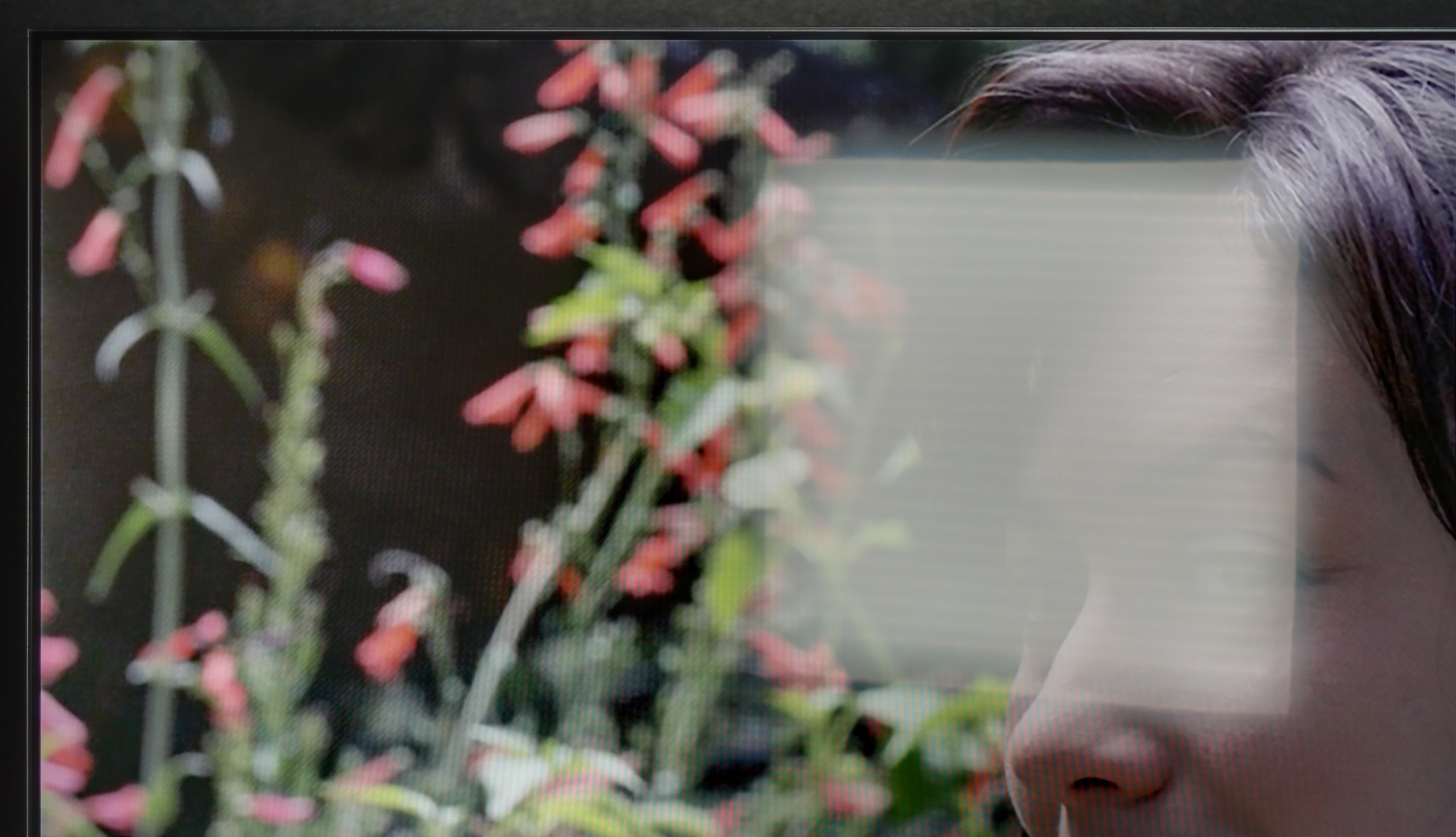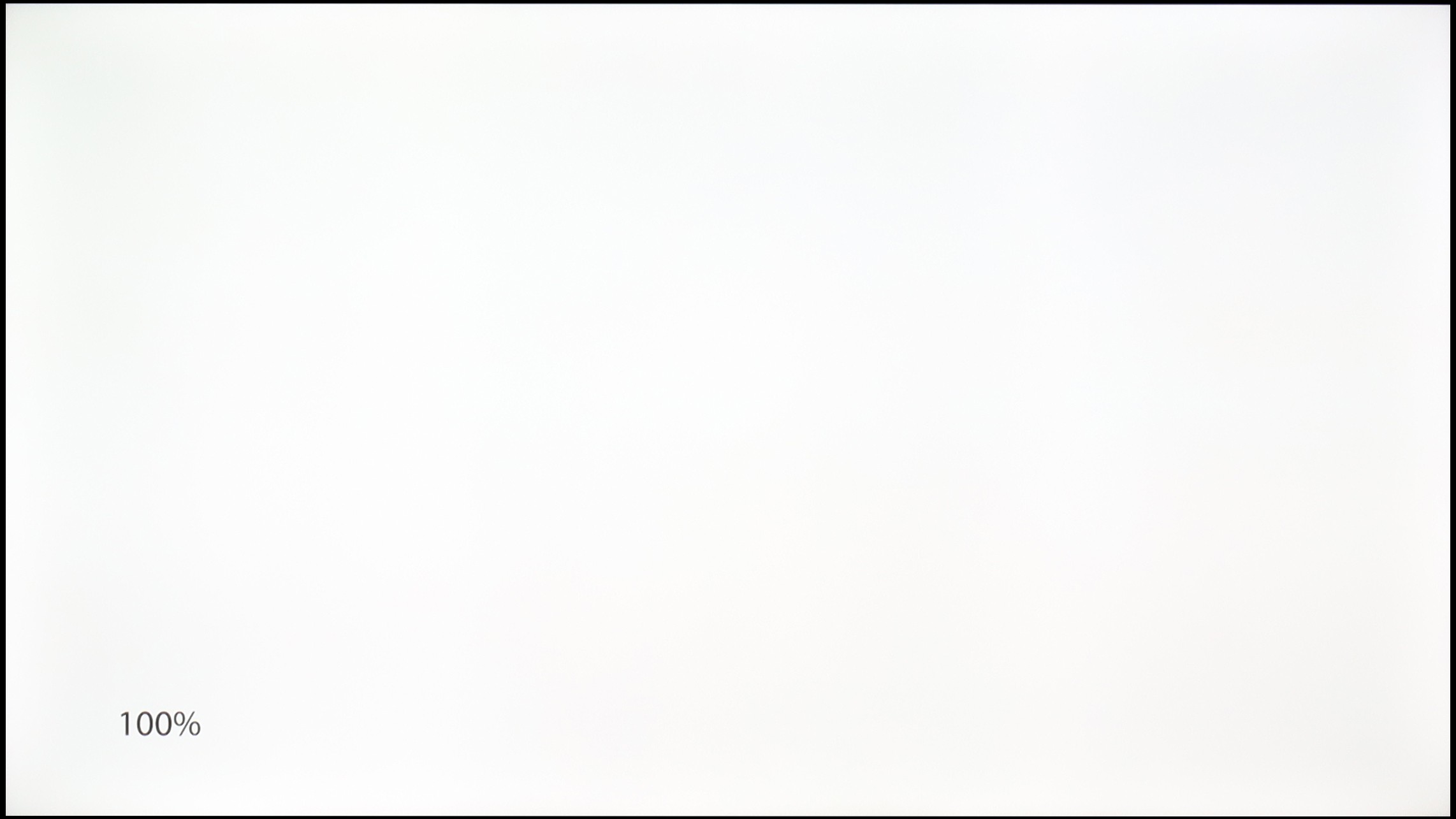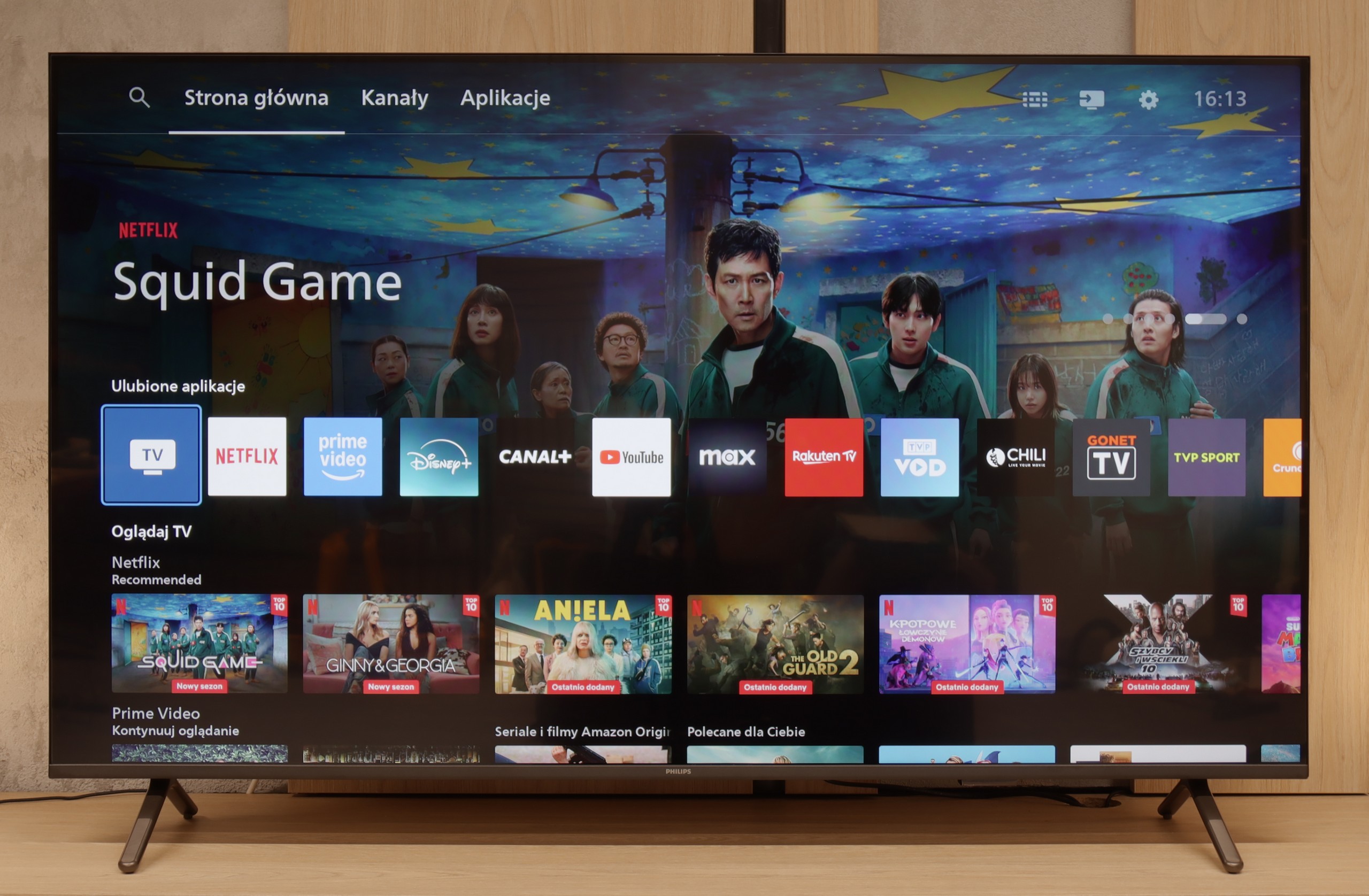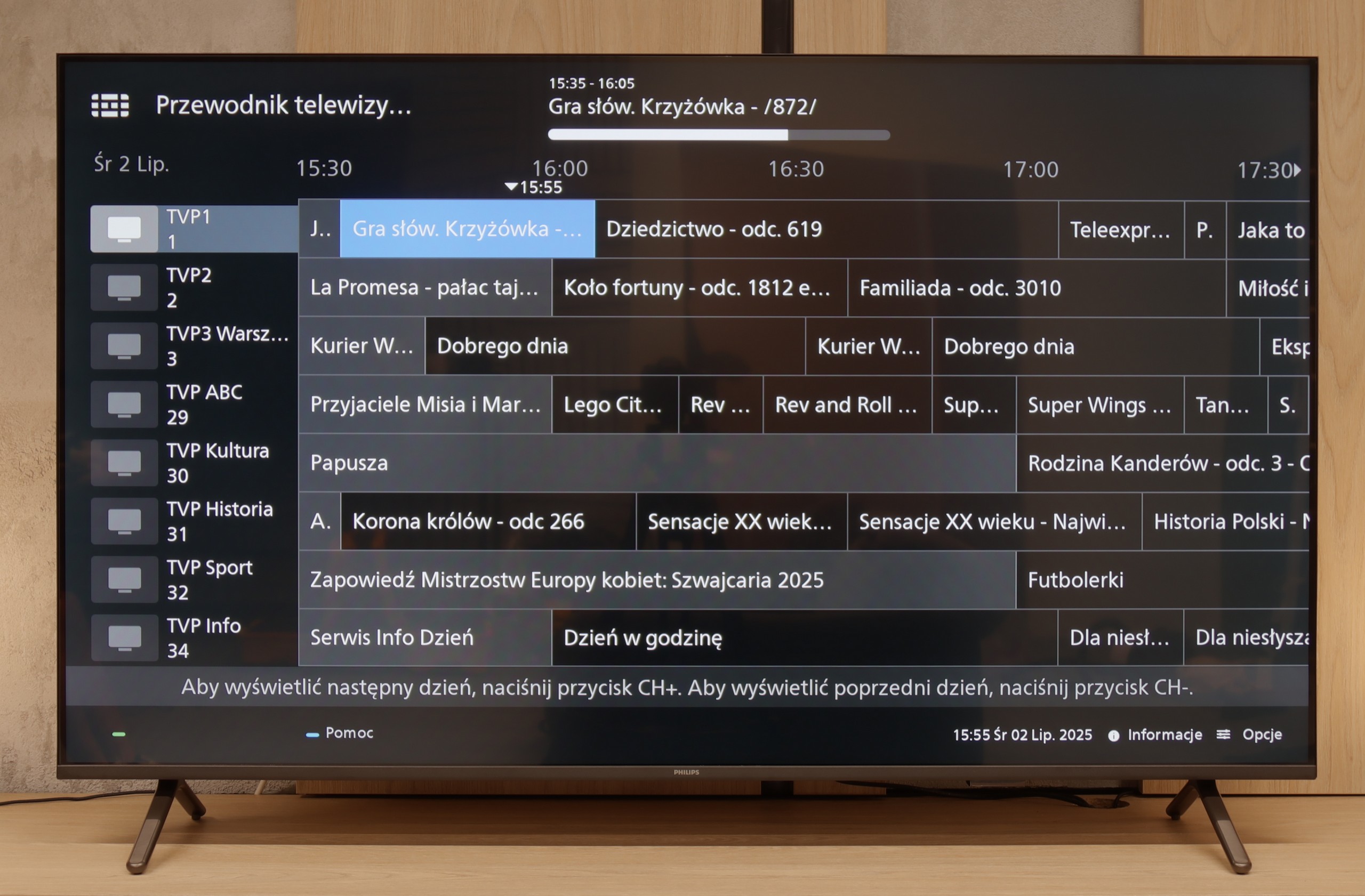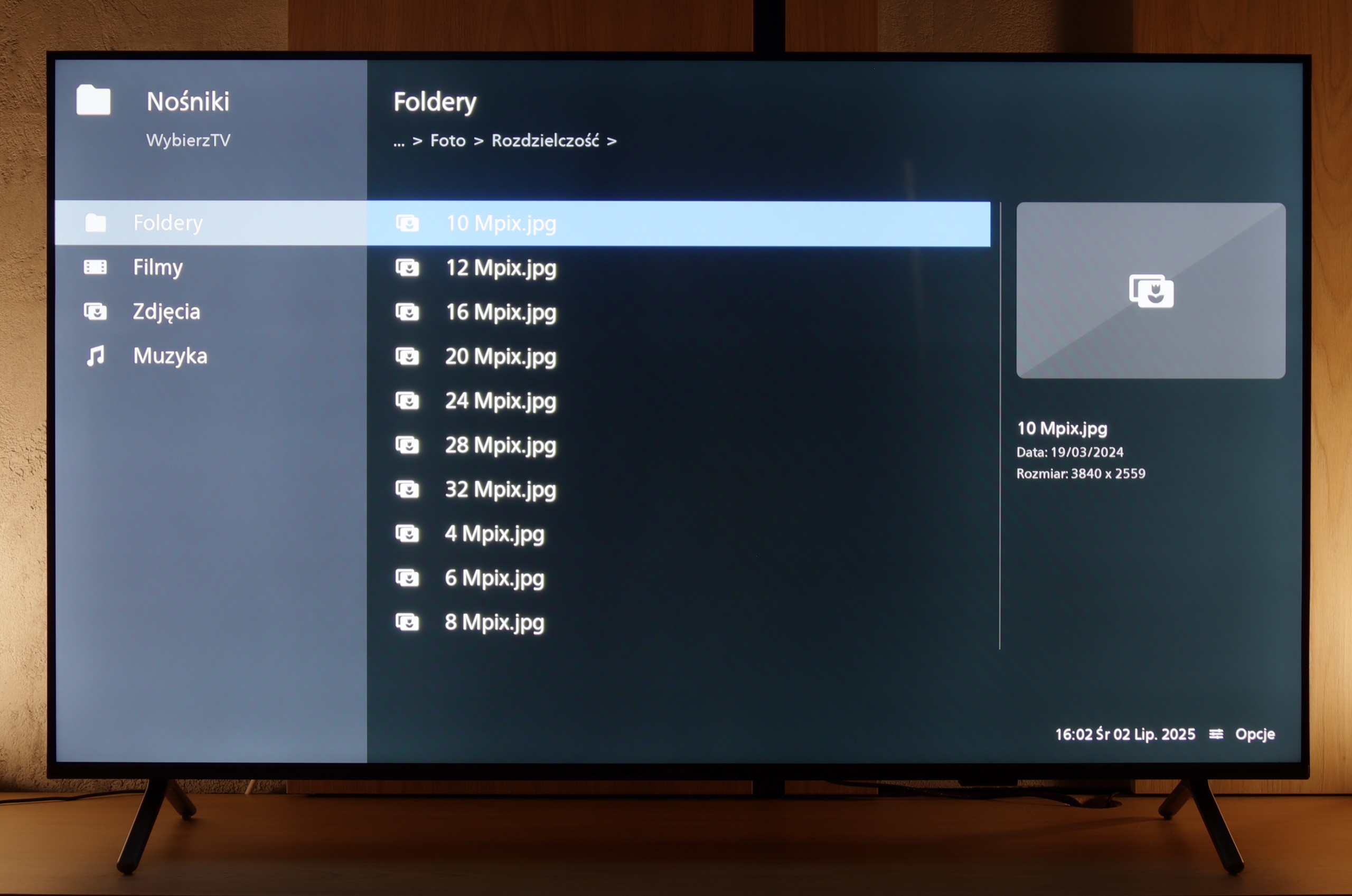The X75WL model operates on the Google TV system, an enhanced version of Android TV, providing a wide range of features that enhance the user experience. Google TV offers personalized recommendations based on user preferences and viewing history, making it easier to discover interesting content. It also provides seamless access to popular streaming apps such as Netflix, YouTube, and Amazon Prime Video, as well as full integration with the Google Play Store, allowing users to download additional apps and games. Built-in Google Assistant permits the TV to be controlled using voice commands, adding convenience.
The TV also offers a variety of practical features for everyday use. The ability to record programmes onto an external USB drive makes saving and revisiting content easy, particularly useful for live broadcasts. Additionally, the X75WL supports various peripheral devices, such as keyboards, mice, and Bluetooth headphones, further increasing its versatility. The included remote control operates via radio, meaning you don't need to aim it at the screen, making everyday adjustments like changing channels or the volume more convenient.
In terms of design, the X75WL offers a solid, if not the slimmest, appearance. The bezels around the screen are reasonably sized but not the thinnest available. However, the overall aesthetic is pleasing. The TV comes with sturdy, adjustable metal legs, allowing users to set them at different widths to suit narrow furniture spaces, adding flexibility and ease of placement.
Classic TV Features:
If you are looking for a TV that "works" in the basic sense – the PUS8560 will serve that purpose. In terms of classic features, we have a rather minimalist set. On the plus side, it includes an electronic program guide (EPG), teletext, a backlit remote control with a classic numeric keypad, and a headphone jack. It sounds a bit like a dream set for seniors – and there is some truth to that. However, it must be said clearly: this is a TV with very limited capabilities. We won't find features for recording from DVB tuners to USB, nor is there a PiP mode or other conveniences known from more expensive models.
Smart TV:
How does SmartTV fare on the PUS8560? Well, this is where it gets a bit tricky. The PUS8560 runs on the Titan OS, which in this particular implementation caused significant problems. Some features, while present "on paper," simply did not work. For example: Wireless screen mirroring features like Chromecast or Miracast – we tried to activate them with several different phones and laptops… without success. Perhaps this will be fixed in the future, but at the time of testing – it did not work. Additionally, the system's speed left much to be desired – switching between apps or home screens was simply slow. A significant portion of the features in the menu feels heavily hidden in the depths of a poorly organized system. To make matters worse, the library of available applications is quite limited. While the situation with apps is better than last year, it is still far from ideal. The situation is somewhat saved by the modern remote – slim, elegant, and superbly made with a really great backlight. Unfortunately, it operates on classic infrared, so you have to point it at the screen. The only exception is the voice control, which works via Bluetooth… it's just a shame that it doesn't support Polish.

